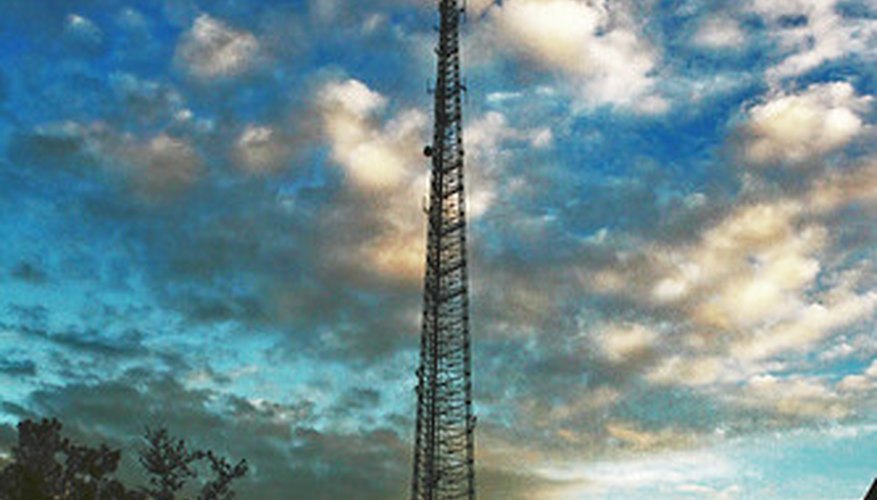Coaxial cables, depending on their type, are used to connect devices such as satellite dishes and antennas to items like TV displays and radio receivers. RG6 and RG8 cables are not interchangeable by any means; they are very different types of coaxial cables, and each has several distinguishing factors.
Significance
RG6 cables are used to carry video/audio signals from a device such as a cable box or satellite dish and transmit them to a receiver such as a television display or monitor.
RG8 cables cannot carry pure video signals due to their design and therefore are only useful for carrying radio transmission signals.
Function
RG6 coaxial cables are commonly found in use in homes and video control rooms. They connect between video devices and connect video displays to devices receiving audio/video signals.
RG8 coaxial cables are commonly found in applications such as CB radio lines and amateur radio uses. They may also be found in audio control rooms, radio stations, or as a connection to outdoor antennas.
- RG6 coaxial cables are commonly found in use in homes and video control rooms.
- RG8 coaxial cables are commonly found in applications such as CB radio lines and amateur radio uses.
Size
One primary physical difference between RG6 and RG8 cables is the size of the cables. RG8 cables are heavy in comparison; a length of the cable can weigh up to 0.907kg and reach lengths of 75 feet. RG8 cables also have a thicker outer layer which adds to their bulk.
Benefits
RG6 cable is ideal for carrying TV and video transmissions. This also makes it ideal for those who do video work, such as video editing and video control room work.
- RG6 cable is ideal for carrying TV and video transmissions.
RG8 cable is extremely durable and its thick outer coating makes it ideal for outdoor applications. It can handle harsh weather, as well as offer better protection against outside radio interference.
Misconceptions
While RG8 cable cannot technically carry pure video signals it can however carry data and radio transmission signals. It can also be used if needed to carry analogue cable signals. According to the website Tech-FAQ, it has also been used in the past with computer networking applications for their ability to improve connectivity.
